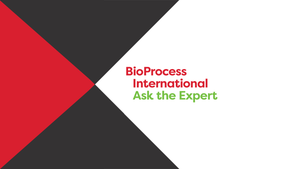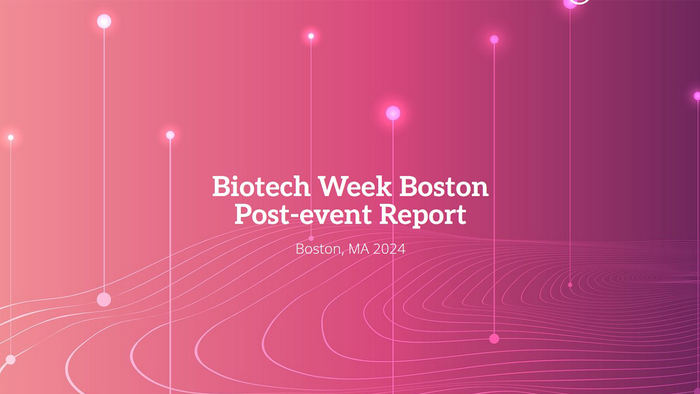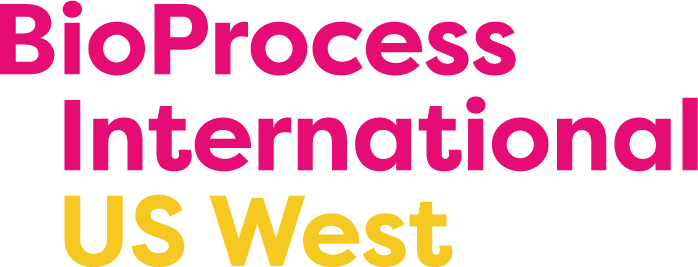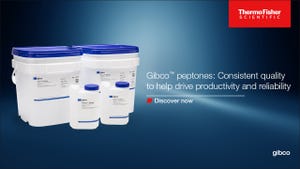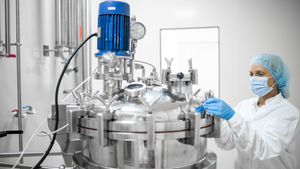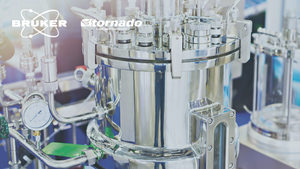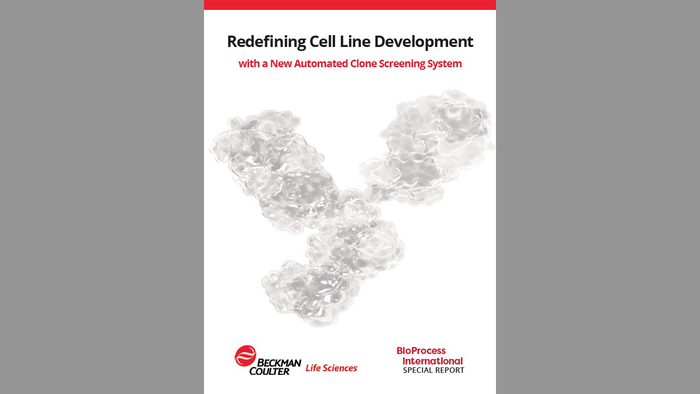- Sponsored Content
Decoding AAV Manufacturing: Navigating Critical Quality Attributes and Their Analytics (Webcast Recap)Decoding AAV Manufacturing: Navigating Critical Quality Attributes and Their Analytics (Webcast Recap)
January 29, 2025
Sponsored by Roche
Manufacturing adenoassociated viruses (AAVs) for gene therapies is a complex process involving a series of critical steps to ensure that final products meet stringent quality and safety requirements. AAVs are used widely for in vivo gene-therapy applications, with significant contributions from industry leaders such as Genentech (a member of the Roche group). Such companies have spearheaded innovations in advanced-therapy medicinal products (ATMPs), working with partners including Sangamo and BioNTech to advance the field. In an October 2024 Ask the Expert webinar, Roland Pach (global analytics expert at Roche CustomBiotech) discussed potential critical quality attributes (CQAs) of AAV products and the analytical techniques used to ensure that those attributes are achieved during AAV manufacturing.
Pach’s Presentation
AAVs require coinfection with other adenoviruses for replication. AAVs have genetic payload capacities of ≈4.7 kB, limiting the amount of transgenic material that can be inserted. The wild-type AAV genome contains expression cassettes for replication-related and capsid proteins, which are essential for the virus’s ability to infect cells and deliver therapeutic genes. Recombinant AAV (rAAV) manufacturing mimics a virus’s natural lytic cycle, relying on a triple-transfection platform with plasmid DNA (pDNA) to transfect a production cell line. Transfection induces expression of viral and transgenic proteins, leading to virus packaging. During the harvest process, cell lysis leads to the release of viral particles. The viruses are then purified and formulated into final drug products (DPs).
Manufacturing must ensure safe, high-quality products. Five attribute classes — identity, safety, quantity, purity, and potency — are key elements of manufacturing control strategies. According to ICHQ10 guidelines, control strategies are planned sets of controls derived from current product and process understanding that ensure process performance and product quality. Because of the complexity of manufacturing transgenic products, such strategies must encompass whole production processes from initial design of a transgenic construct to final DP formulation.
Manufacturing Challenges: Several key challenges arise in AAV manufacturing, particularly related to desired DP purity and potency. AAV production often results in a mixture of different species of capsids such as fully packed, partially filled, and empty viral AAV particles. Capsid variants also can contain unwanted materials such as viral-helper DNA, host-cell DNA (hcDNA), and truncated versions of transgenic DNA, as well as viral and host-cell proteins (HCPs). Such impurities can reduce the safety and efficacy of gene-therapy products, making accurate quantification and separation of empty and full capsids crucial.
Several analytical techniques are used to characterize and monitor products throughout manufacturing. However, those techniques require optimization and development efforts and often lack robustness, accuracy, or good manufacturing practice (GMP) compliance. Traditional methods include, for example, optical-density measurements and high-performance liquid chromatography (HPLC), which can provide information on the quantity and purity of viral particles; however, efforts are needed still to achieve improved limits of detection (LoD), limits of quantification (LoQ), and baseline separation. Analytical ultracentrifugation, considered the “gold standard” for AAV purification, can separate different capsid species but requires large quantities of highly purified material and is labor-intensive. New techniques such as mass photometry are emerging as promising alternatives. Mass photometry offers a fast, robust, and accurate method for analyzing AAV particles, although it has not been fully validated for use in commercial settings yet.
Continuing research and development will help to improve both manufacturing and analytical methods for assessing AAV quality. The complexity of AAV assembly — particularly the packaging of transgenic DNA into capsids — requires further investigation. Improved understanding of underlying cellular mechanisms will enable development of efficient, scalable production methods. Advancements in analytical techniques are needed to ensure that DPs meet necessary quality standards for commercialization.
Questions and Answers
What is the biggest challenge that current analytical methods face? Current analytical methods often are labor-intensive, and their associated software are not GMP compliant. On a research level, we also need to improve our understanding of genetic packaging to enhance the modification of transgenic information.
Which method is the most promising future control system? In my opinion, it’s mass photometry due to its small volume consumption, lack of sample preparation, robustness, and quick data generation. However, that is based on a current snapshot of the current analytical landscape.
Find the full webinar online at www.bioprocessintl.com/category/webinars.
You May Also Like
